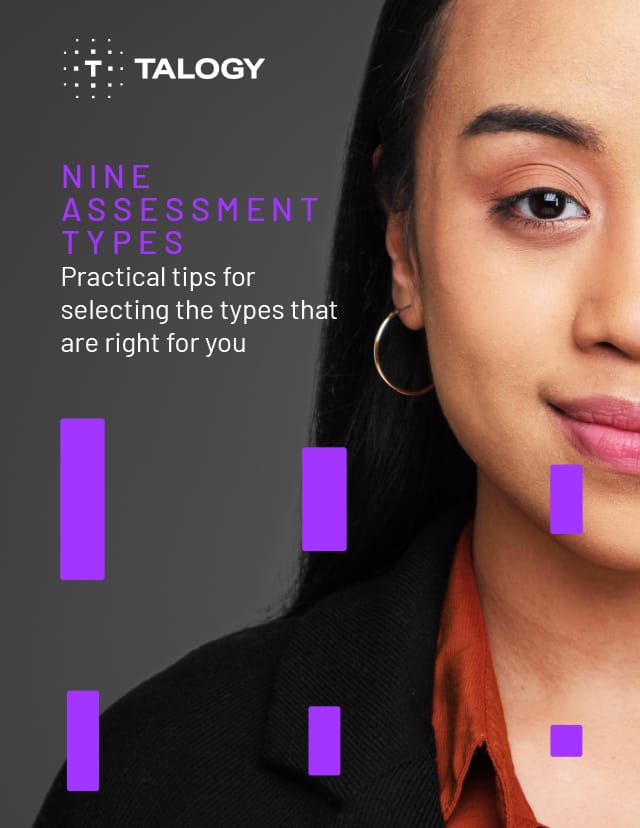Written by Steven Jarrett, Ph.D., Senior Consultant.
Previously published by PSI Talent Management or Cubiks, prior to becoming Talogy.
What defines an effective selection process? That can depend greatly on who you ask within an organization. Specifically, if you ask operations it is a system that hires top quality candidates quickly; for human resources it is a system that is easy to administer and allows them to track and process candidates quickly; for legal however, it is the system that creates less work for them a.k.a. does not get the organization sued. Some may believe that these are differing goals, but in our opinion they do not have to be. Here are five recommendations on how your organization can improve, or create, a legally defensible hiring system that can also hire effective individuals quickly.
1) Improve Consistency
Remember last month when the Operations Manager personally recommended someone that failed the interview and you may have misplaced the failed results and hired that person? No? Good.
Making exceptions and inconsistent practices are a major concern for ensuring your system is legally defensible. It is important that the process, tools, assessments, and competencies all stay consistent during a hiring wave and that all candidates are required to meet the same criteria.
2) Review the Process…Often
It is one thing to hold all of your candidates to the same criteria, but it is also important that those criteria are job relevant and legal. Does your position require a high school diploma? Why? Do you ask candidates if they are comfortable with $15 dollars per hour as starting pay? Is $15 still the starting pay?
Things change and so should your hiring process to ensure that all of the questions that you are asking are job relevant. In order to identify the necessary changes, one must be sure to evaluate your selection process each time you post a position and particularly if you have not posted the position in some time.
3) Review the Laws
Just as criteria and aspects of the job change, so do federal and state laws. It is not always easy to stay up to date on the latest law changes, but it is important to be in conversation with internal or external legal departments to understand the changes and how they may affect your hiring process.
For instance, is your state one of the locations that has put restrictions on asking about felonies in applications? If you are not sure of the answer to this question then I would recommend getting in touch with your legal team sooner than later.
4) Job Analysis
How does one know what is and what is not relevant into a specific position? Does the individual need to be able to lift a certain amount of weight? Does he/she need good attention to detail? The easiest way to ensure that you are asking and assessing around job relevant concepts is to conduct a job analysis.
A job analysis reviews specific positions to understand the specific elements of a job and the important elements for successful performance. Job analytics represent an important element to legal defensibility but also ensuring that your organization is hiring individuals who are capable of doing the necessary elements of the position.
5) External Review
The closer we are to something, the harder it is to identify the flaws and areas of improvement. Most parents are unable to see that their 4-year old will not be the next Tiger Woods, but it certainly is not hard for an outsider to notice that.
This can be the case for selection systems as well. Often we see companies who rely on the fact that “we have always done it this way” to determine if a process is effective or not. There are a lot of companies in history that have relied on that wisdom as it relates to their organization, there are just not a lot of those companies that are still around today. Allow someone to critically evaluate your hiring practice and it will likely improve the performance and defensibility of the system.
Companies all too often build in these policies, practices, and procedures when it is too late and they have no choice as they have already lost or settled a lawsuit. Believe me: it is significantly cheaper to do it the other way around.


